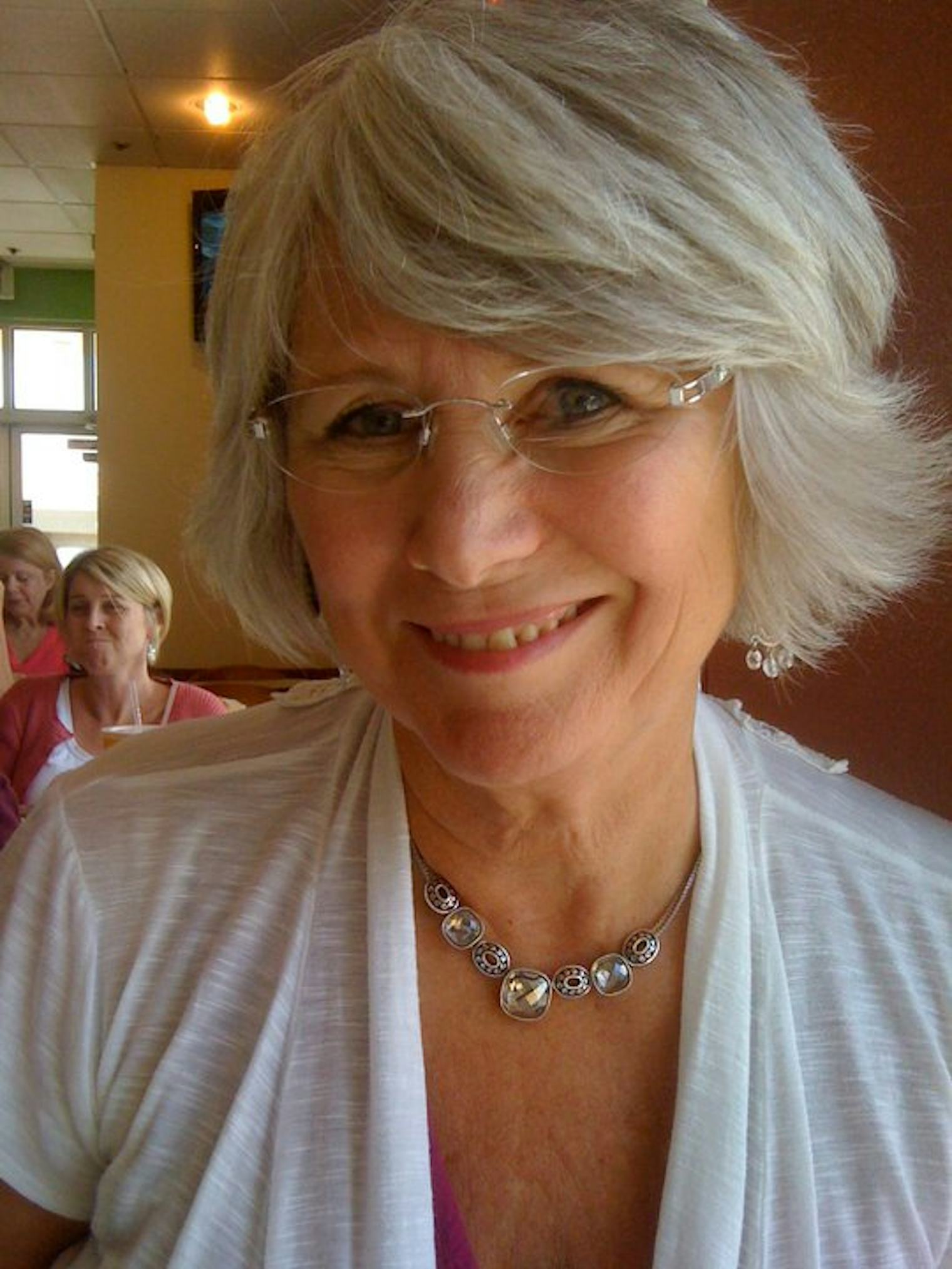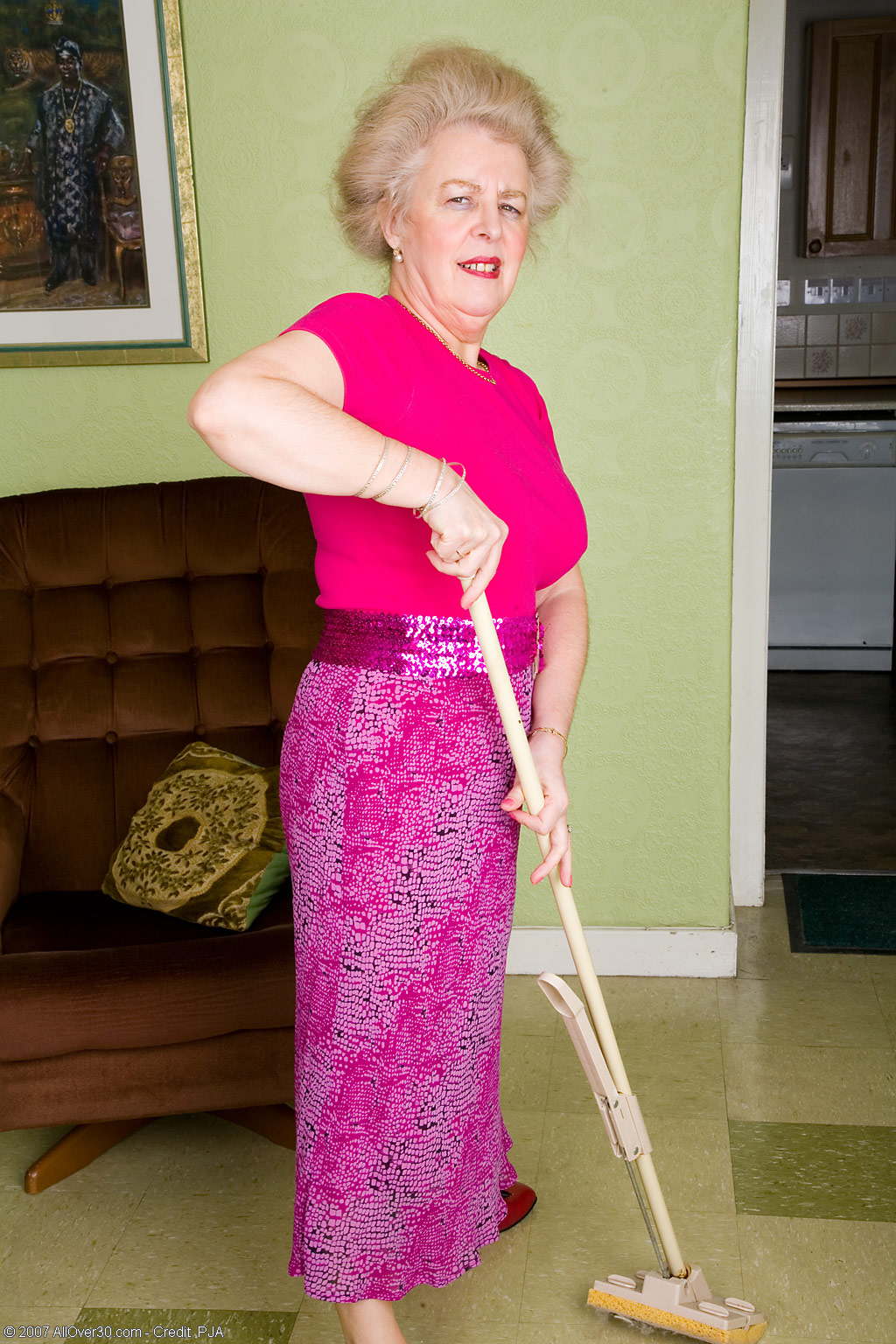Discover: Pubic Hair Photos & Images - Your Project Starts Here!
Can we truly define beauty and desirability by the absence of natural body hair? The pervasive societal pressure to conform to a singular, often unrealistic, standard of grooming, particularly for women, is a conversation desperately in need of a comprehensive overhaul.
The quest for "authentic" images, be they stock photos or personal captures, often clashes with the sanitized portrayals that dominate mainstream media. Getty Images and similar platforms offer a space to search, yet the true challenge lies in finding representations that reflect the diversity of human experience, including the acceptance of natural body hair. The digital landscape, even with its vastness, can still feel limiting, a reflection of broader cultural biases. The need to acknowledge and celebrate body hair, a fundamental aspect of human biology, becomes increasingly apparent when considering the historical and cultural significance of it.
Finding women, particularly those over fifty, who are comfortable challenging these norms, as the cited reference suggests, is, indeed, no small feat. They often navigate a complex terrain of ageism and societal expectations. The older generation, having lived through periods of significant social transformation, can offer particularly insightful perspectives. The exploration of their lives, as the content mentions, is a window into the richness and resilience of the human spirit. These stories, irrespective of partnership status, sexual orientation, or ethnicity, speak to the universal human need for self-acceptance and authentic expression. This is a narrative we can all learn from.
The online communities dedicated to the celebration of natural body hair, such as the one mentioned, exemplify a growing movement of self-acceptance. The sheer number of subscribers, 112,000 in this instance, reflects a desire for validation and community. Platforms like this create spaces for individuals to challenge the status quo and find comfort in a shared experience. Its a movement that empowers women to embrace their bodies on their own terms, rejecting the notion that they must conform to externally imposed standards. This is a bold statement in a world obsessed with airbrushed perfection.
The availability of free images, as offered by various sources, can contribute to this movement. Finding "perfect" images becomes less about achieving an unrealistic ideal, and more about capturing the essence of beauty and diversity. The emphasis shifts from an unattainable standard to a celebration of individuality. These free resources serve as a powerful tool for education and awareness, encouraging people to question the assumptions they hold about body image and grooming.
Wrenna Robertson and Katie Huismans work, referenced in the provided content, offers yet another opportunity to challenge societal norms. The project, represented in this seventh installment, presents a collection of stories and photographs that challenge assumptions. These narratives, documented by the women involved, contribute a diverse range of experiences and perspectives. The stories of women who have never seen another's vagina up close, or have only examined their own through a mirror, reveal how cultural taboos have impacted self-perception. This self-exploration is crucial.
The very act of looking at one's own body, of comparing and contrasting, is a form of self-discovery that leads to self-acceptance. This is not about comparison to others, but self-comparison. This journey of self-discovery is a crucial step in dismantling harmful beauty standards. It involves reclaiming ownership over our bodies and defining beauty on our own terms. This is a journey of self-acceptance and empowerment.
The content also welcomes "natural older women." The emphasis on timeless style and confidence reflects a significant shift in perspective. This underscores the importance of self-acceptance and celebrating beauty at every age. It is a positive and empowering message that rejects the negative connotations associated with aging. The invitation to "discover the art of timeless style and confidence" is a rallying cry for women to embrace their individuality, to celebrate their life experience and embrace their beauty.
The mention of the locker room scene acts as a reminder of the environments where such pressures are most keenly felt. Its a place where women are often encouraged to conform to a particular standard of grooming. It is a space where women can also find a community, where they share these experiences and support one another.
The content provides several points, all of which underscore the importance of challenging societal standards. From the availability of stock photos to the embrace of older women, the core message is clear: true beauty is found in authenticity. This is a vital conversation that needs to continue in society. The need to celebrate diversity, encourage self-expression, and to dismantle the harmful, unrealistic beauty standards are all crucial factors of the conversation.


